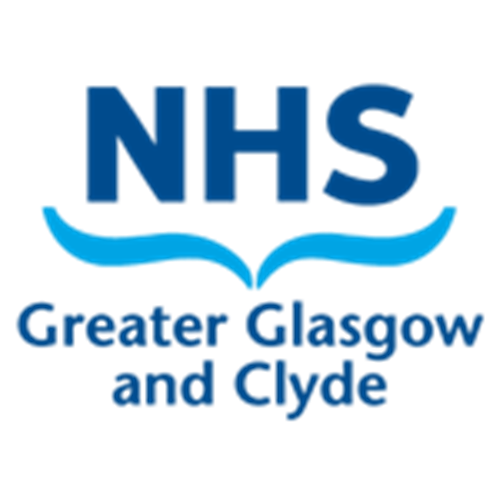BP ≥160/110 mmHg or MAP >125 requires treatment
Severe hypertension in previously normotensive women is an obstetric emergency. If the patient is clinically stable oral agents can be used in the first instance. Rarely, the clinical situation will merit IV therapy in the postnatal period-as per the severe pre-eclampsia guideline
BP ≥150/100 mmHg commence regular antihypertensives
** In cases of chronic hypertension the response to blood pressure readings should be tailored to the individual case. In women with chronic hypertension, pre-dating their pregnancy, they have reset their cerebral auto-regulation mechanism and will not be at as great a risk of CVA from a systolic reading of 160mmHg compared to a previously normotensive women




